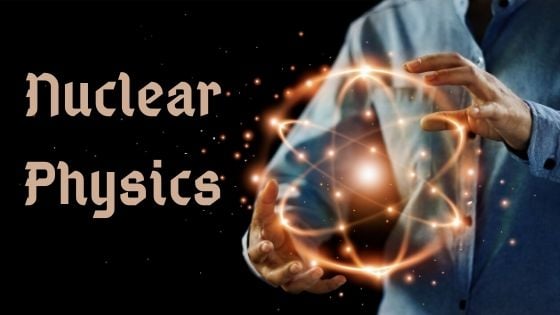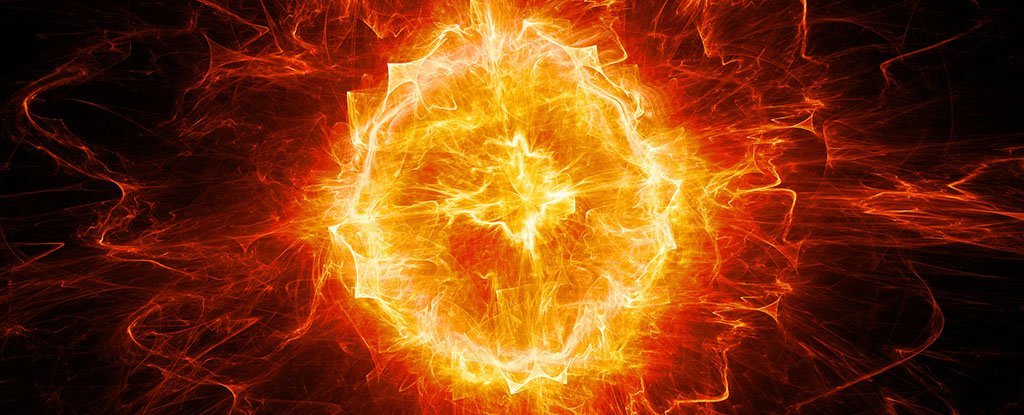

Students will study concepts of radiation and radioactivity, nuclear energy implementation, and how we might make this fission reaction safer and more efficient in accelerator facilities for human use. Students will learn about magnetic fusion energy research and can explore MIT's reactor virtually.Īnother course option is Understanding Nuclear Energy from Delftx. MITx offers a course, Nuclear Energy: Science Systems and Society, designed to introduce students to the foundations of nuclear reactions and their effects on processes we use every day for energy, work, or discovery. Nuclear Physics Courses and Certifications Motivated students can pursue certifications and degrees from wherever they are in the world and on their own schedule.
#Nuclear physics free#
Courses are free for students wishing to explore and discover on their own, or official credit is available for a fee. You can study the profound nature of particles such as these with courses on the edX.org platform.ĮdX hosts courses created in partnership with leaders in the field of applied and theoretical nuclear physics. Nuclear science created the atom bomb, but nuclear physics research also made revolutions in magnetic resonance imaging, materials engineering, and even radiocarbon dating (thanks to radioactive decay). Nuclear reactions provide the basis for simple actions and for our wildest dreams of energy and destruction. We're exploring them for energy and understanding how the universe arranges itself. These high-energy particles form the basis of nuclear matter and nuclear structure.

Later, the theory of quarks and gluons coming together to form hadrons expounded on what's going on at our smallest levels. Originally thought to be a "plum pudding model," created by JJ Thompson, we now know that the nuclei of the atom contain particles-protons and neutrons, but no electrons. In 2015, a group led by RIKEN research Kosuke Morita was officially recognized as the discoverers of element 113 on the periodic table, which was subsequently named nihonium and given the notation Nh.įor more information on RIKEN's work in this field, and to see the websites of individual laboratories, see the Nishina Center website.In this particular field of physics, scientists study the properties of atomic nuclei. Using the center’s heavy ion beam to transmute troublesome nuclear waste intoĪnother key area of interest at the Nishina Center is the study of superheavy elements-elements that do not exist in nature, and that can only be produced in laboratories. In the area currently explored, and are also looking at the feasibility of “island of stability”-a realm where we can find longer-lived nuclei than those

Scientists at RNC continue to search for the In 2010, researchers there found a total of 45 new isotopes in just four days of searching, and in 2017, physicists announced that they had used the RI Beamįactory to create 73 new exotic nuclei, adding new species to the 7,000 thatĪre hypothesized to be able to exist. With partners around the world to study exotic atomic nuclei, contributing to aīetter understanding of how the universe began and how it is composed at the Of uranium-a heavy nucleus-to up to seventy percent of the speed of light.įor Accelerator-Based Science, which operates the RI Beam Factory, are working The cyclotrons are powerful enough to drive a beam Today RIKEN is home to the RI Beam Factory, one of the world’s leading heavy Meaning atomic nuclei-to very strong energies, allowing them to be used in A cyclotron is aĭevice that can be used to accelerate ions-positively charged particles, Outside of the United States, where it had been invented.

In 1937, RIKEN scientist Yoshio Nishina built the first cyclotron


 0 kommentar(er)
0 kommentar(er)
